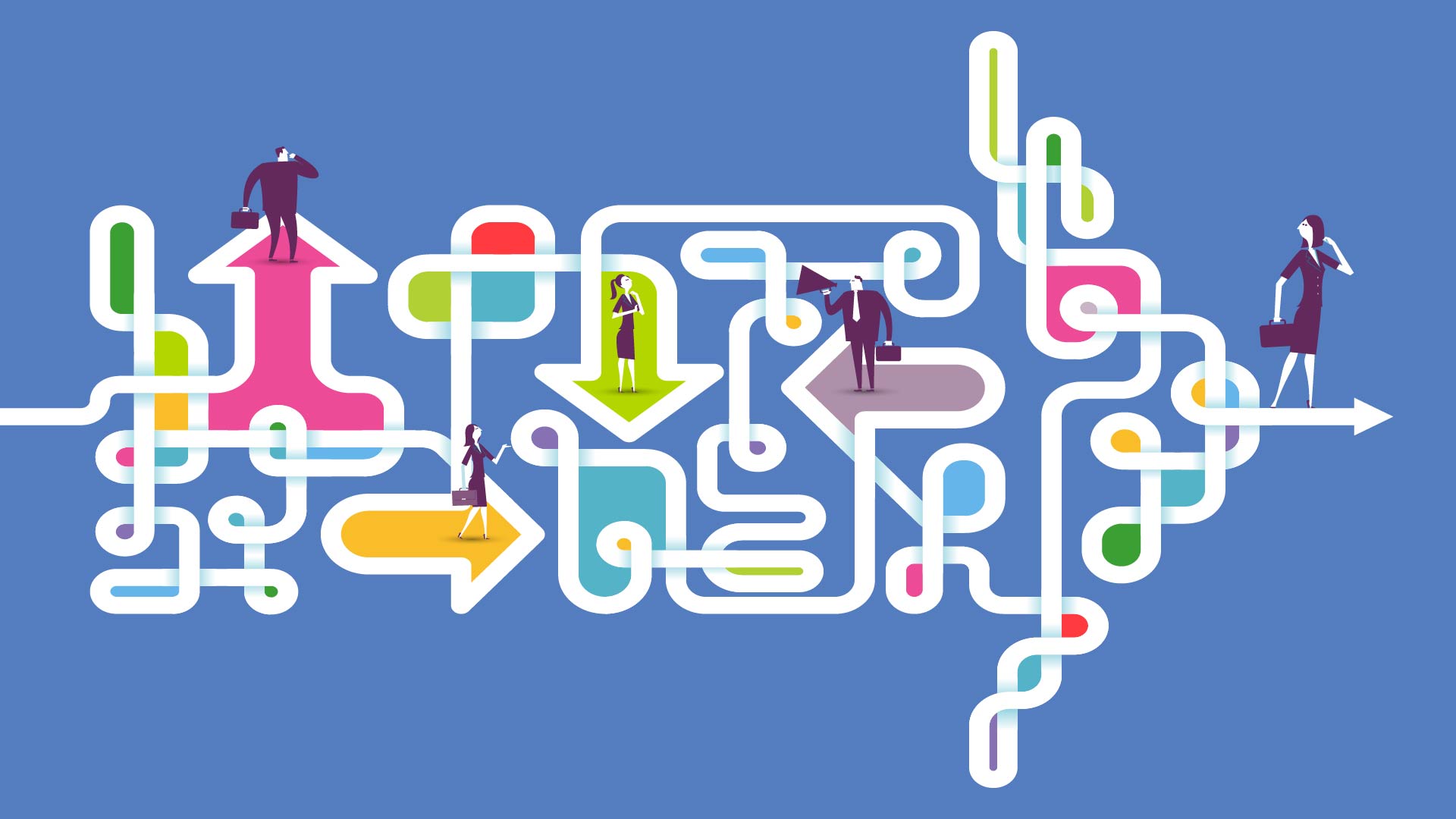
Personalization; The Way To More Effective Online Learning
The U.S. high school graduation rate reached an all-time high of 83 percent in the 2014-2015 school year. That’s good news, but it comes with a considerable asterisk.
Nearly half the states in the nation offer multiple high school diplomas, which means a rising high school graduation rate doesn’t necessarily mean an increase in student performance. As Michael Cohen, president of Achieve, a national nonprofit that advocates for higher standards and graduation requirements, told NPR, some high school diplomas reflect rigorous programs, but others don’t.
“You don’t know how many students who were in that graduation rate actually completed a rigorous course of study,” Cohen said. “We’re not transparent about that. We’re concealing a problem.”
Measure competence, not completion
Last year, Georgia high school students took more 20,700 online “credit recovery” courses, according to The Atlanta Journal-Constitution. The online courses are designed to help students makeup classes they failed. According to state officials, credit recovery programs have contributed to the state’s rising graduation rates. But are the students who enroll in those courses actually learning?
The answer seems to be a resounding no, according to The Atlanta Journal-Constitution, which found that only 10 percent of students who completed credit recovery courses were proficient in the material, despite state data showing a 90 percent pass rate. That’s a profound disconnect that strikes at the core of how we think about learning, whether we’re talking about education or corporate training, classroom instruction, or online study.
Completion is a useful metric, but it shouldn’t be a our yardstick for efficacy. After all, obtaining a high school diploma isn’t nearly as valuable as mastering the skills and material that make up the high school curriculum. Rather than touting increased graduation rates, we need to focus on competency-based learning.
A personalized approach
In a competency-based paradigm, Michael Horn of EdSurge notes that “time becomes the variable and learning becomes the constant. Students only move on once they demonstrate mastery of the knowledge and skills at hand. They stay at a task, learn from the failures, and work until they demonstrate mastery and then move on.”Some students need a year to master algebra, but others need only a semester. The point, however, is that all students can master the material, as long as they’re given the time, resources, and necessary instruction for success.
Rather than trying to cram more people through a one-sized-fits-all education system, a personalized learning with an adaptive approach and a focus on mastery allows students to go at their own speed and select the learning modality that best fits their individual needs. No wonder 89 percent of college students said they were in favor of using technology to “respond and adapt [to their] unique way of learning,” according to a recent survey. But personalized learning isn’t just about pleasing students, it’s about empowering them to achieve mastery, rather than encouraging them to simply go through the motions.
